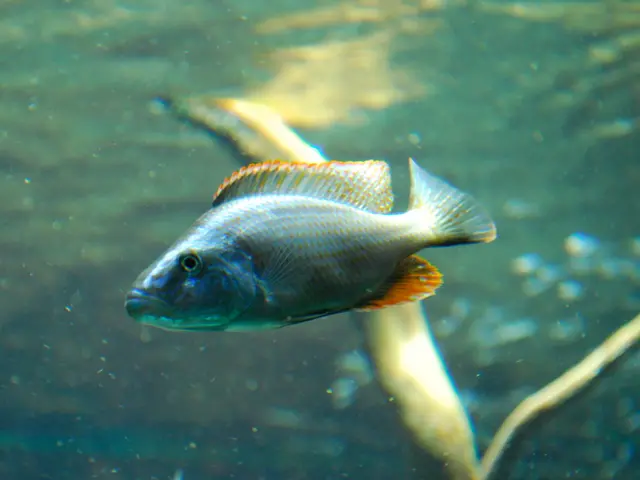Heidelberg-Münster Team Makes Major Breakthrough in Spin Wave Technology
A collaborative research team from Heidelberg and Münster Universities has made a significant breakthrough in spin wave technology. Led by Prof. Dr. Wolfram Pernice, the scholar team has published their findings in the prestigious journal Nature Materials on 9 July 2025.
The team, including postdoctoral researcher Shabnam Taheriniya, has developed a method to create large, complex spin wave networks. This is a significant advancement in the field, as spin waves offer a promising route for low-energy information transmission.
The researchers, including Prof. Pernice and his collaborators, have demonstrated the ability to control properties of spin waves guided in waveguides, such as wavelength and reflection at interfaces. This control allows for the creation of large networks with up to 198 crossings, the most complex structure of its kind to date. The waveguides were directly written into an 110 nanometer thin film using a silicon ion beam. The team used yttrium iron garnet to transmit spin waves with very low damping, ensuring efficient information transfer.
Funded by the German Research Foundation as part of the 'Intelligent Matter' Collaborative Research Center, this work brings us a step closer to realizing significant energy savings in future applications.
The publication of this research in Nature Materials marks a major milestone in spin wave technology. The team's ability to create large, complex networks with precise control over spin wave properties opens up new possibilities for low-energy information processing. As the field continues to advance, this work serves as a strong foundation for future developments.
Read also:
- Increase in Electric Vehicle Charging Stations Across U.S., But Is It Sufficient?
- Tesla's Semi-Truck enters partnership with Uber Freight, aiming to accelerate the usage of electric trucks.
- The current status of green hydrogen for developing countries following the wave of hype: Assessment of remains
- Rapid Growth in Bio-based Polypropylene Sector Anticipated at a Compound Annual Growth Rate of 26.5% by 2034








